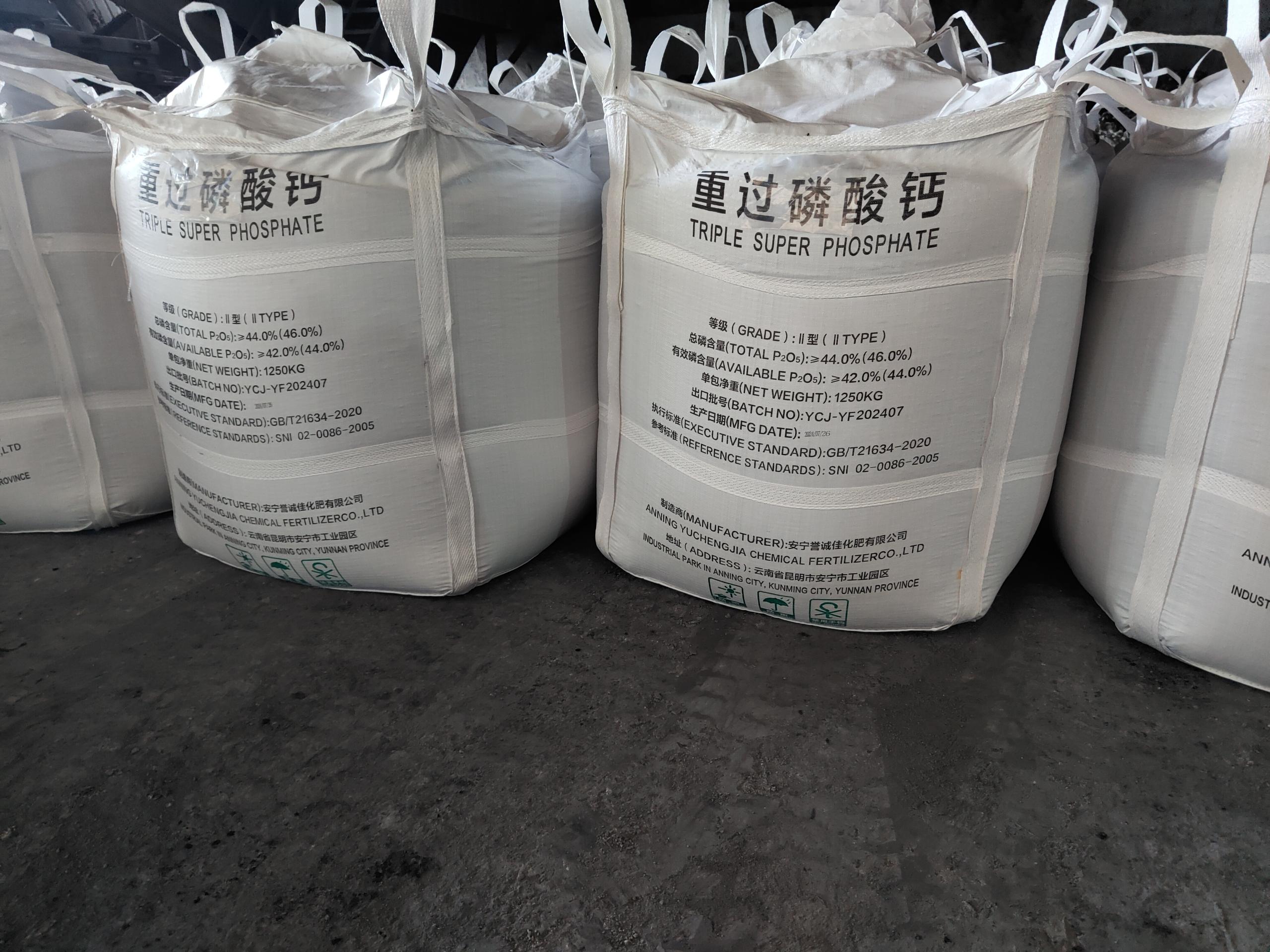.jpg?x-oss-process=image/resize,h_400,m_lfit/format,webp)
In modern agriculture, efficient and reliable fertilization is the cornerstone for maximizing crop yields and quality. Industrial grade Monoammonium Phosphate (MAP) stands out as a premium phosphorus fertilizer offering unparalleled nutrient concentration, excellent solubility, and wide soil adaptability. These attributes create a stable nutrient supply, empowering farmers to optimize crop performance and promote sustainable farming.
Industrial grade MAP is characterized by a chemical composition containing approximately 48% P2O5 and 11% nitrogen (N), delivering high phosphorus and nitrogen nutrition essential for plant development. Its chemical formula NH4H2PO4 ensures rapid dissolution in water, making nutrients readily available for root uptake. This fertilizer is free-flowing, with low moisture content (<0.5%), reducing caking risks during storage and transportation.
| Component | Content (%) | Function |
|---|---|---|
| Phosphorus Pentoxide (P2O5) | 48 | Promotes root development and energy transfer |
| Nitrogen (N) | 11 | Supports vegetative growth and protein synthesis |
| Moisture | <0.5 | Enhances storage stability |
The remarkably high nutrient density of industrial MAP allows efficient transport and application, resulting in cost-effective fertilization. Its instant solubility ensures rapid nutrient availability upon soil contact, especially critical during early growth stages. Moreover, its pH-neutral effect avoids soil acidification commonly associated with other phosphorus fertilizers, facilitating sustained fertility in various soil types including acidic, alkaline, sandy, and loamy soils.
This fertilizer is compatible with many nutrients and can be combined in blended fertilizers or used in fertigation and foliar spray systems, offering versatile application avenues for cereals, vegetables, fruits, and ornamental plants. Research indicates a 12-15% yield increase on staple crops like corn and wheat when calibrated with industrial MAP compared to conventional phosphate sources.
Industrial MAP’s adaptability shines across multiple agroecosystems. For example, in temperate zones cultivating high-demand crops such as potatoes and tomatoes, MAP applied at a recommended rate of 80-120 kg per hectare during soil preparation optimizes root vigor and nutrient uptake. In tropical regions with acidic soil prevalent in sugarcane plantations, MAP’s neutralizing effect provides a balanced phosphorus supply, preventing nutrient lockout often caused by aluminum toxicity.
Agricultural extension services advocate split application methods to minimize losses and synchronize nutrient availability with crop growth stages, further enhancing fertilizer use efficiency. Field trials conducted over three seasons demonstrated uniform crop emergence, improved disease resilience, and fruit quality enhancements linked directly to the use of industrial MAP.
.jpg)
Phosphorus is vital for energy transfer processes such as ATP synthesis, stimulating root system expansion and enhancing nutrient translocation. Industrial MAP’s ammonium component promotes soil microbial activity, which improves nutrient mineralization and uptake. This dual action fortifies plants against abiotic stress and supports robust growth.
Enhanced root architecture fosters superior anchorage and water absorption, contributing to drought tolerance. Additionally, improved phosphorus nutrition boosts the synthesis of secondary metabolites, strengthening plant immune responses and reducing susceptibility to fungal and bacterial diseases.
.jpg)
Sustainable fertilizer use demands maximizing nutrient uptake while minimizing environmental impact. Due to its solubility and nutrient concentration, industrial MAP reduces the total fertilizer volume needed, lowering transportation emissions and application labor.
Its balanced application curtails phosphorus runoff, a major cause of water eutrophication. Moreover, precise dosing enabled by MAP supports precision farming initiatives, decreasing nutrient wastage by up to 18-22% relative to traditional broadcast fertilization.

Agricultural producers adopting industrial MAP consistently report higher returns on investment due to improved crop yields and quality, translating into enhanced market prices. Fertilizer suppliers benefit by positioning industrial MAP as their flagship phosphorus source, differentiating themselves through stable supply chains and quality assurance.
Case studies from regions implementing MAP-based fertilization demonstrate a 10-15% increase in farmer profitability within two crop cycles. This logical advantage reinforces brand loyalty and promotes repeat sourcing, essential in highly competitive fertilizer markets.